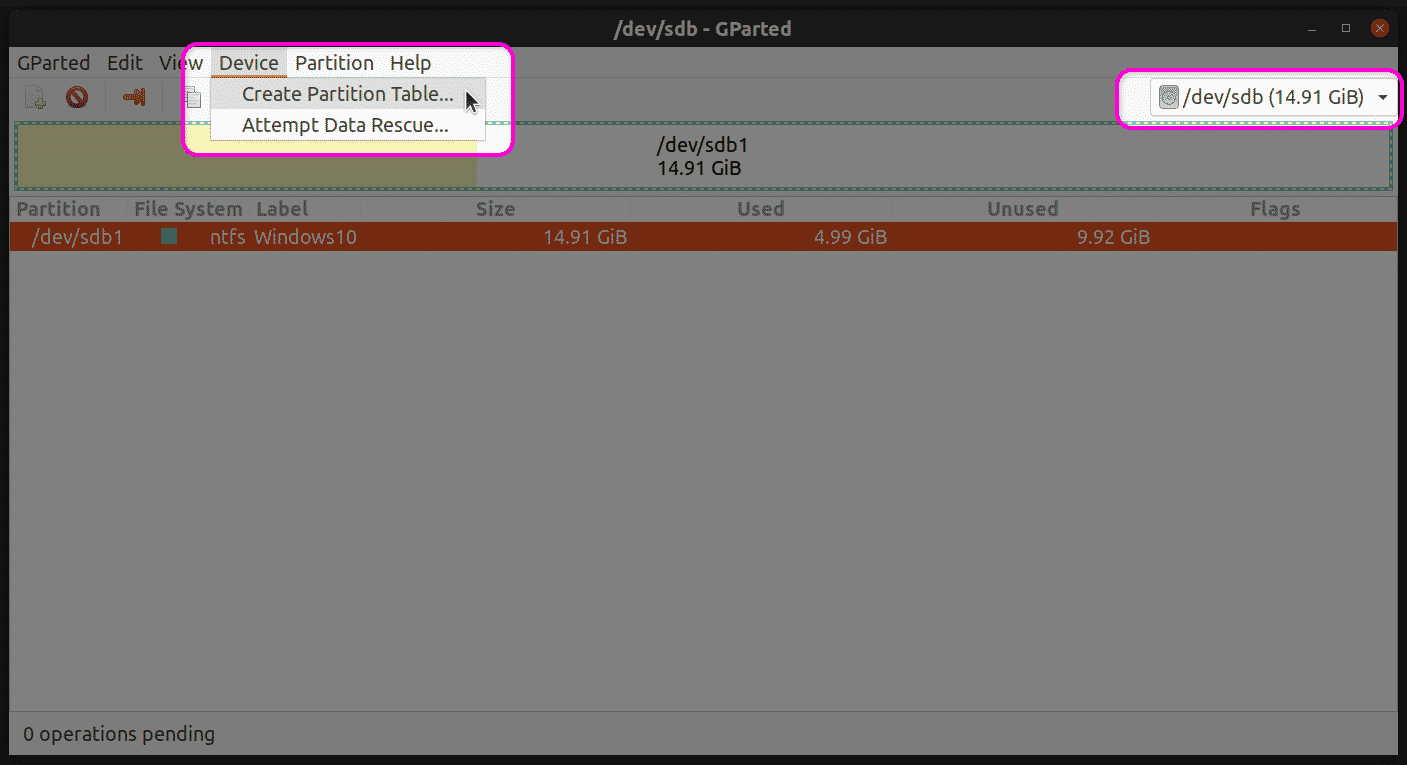
The drive also serves as a “clean” reinstallation of the operating system if it’s become too slow as a result of accumulated garbage.Įxperienced computer experts and IT professionals also like to use a bootable USB as a “ portable operating system” (the concept is known as “Windows2Go” for Microsoft). You can also use a bootable USB to upgrade Windows 7 or 8 to Windows 10 if a previously automatic upgrade doesn’t function correctly. Click Write, then wait for the write process to finish.Even if no such PC emergency is present, it’s a good idea to have a Windows image for data backup on a USB-capable storage medium (could also be an external hard drive) on hand.Locate your Ubuntu ISO file and then click Open.įrom the Device drop-down list, select the device drive of your USB flash drive. In the file type drop-down list, select *.* so you can see all files, regardless of file extension. Download the Win32 Disk Imager utility from the Sourceforge Project page as an installer file, and run it to install the software.Īfter running the Win32 Disk Imager utility, click the blue folder icon in the top-right corner to browse for a disk image.Here's how to use it to create a UEFI bootable Ubuntu USB drive:

IMG files to SD and USB cards and allow booting from these devices. Win32 Disk Imager is a simple disk imaging utility to write. Method 2: Create UEFI Bootable Ubuntu USB Drive Using Win32 Disk Imager Wait for the burning process to be completed.


We recommend using Ubuntu 12.04 LTS 64-bit or higher.

Can I install Ubuntu with UEFI mode? How to create UEFI-only bootable USB drive from Ubuntu ISO image? Ubuntu supports 圆4 UEFI for 64-bit builds, starting with 10.10.


 0 kommentar(er)
0 kommentar(er)
